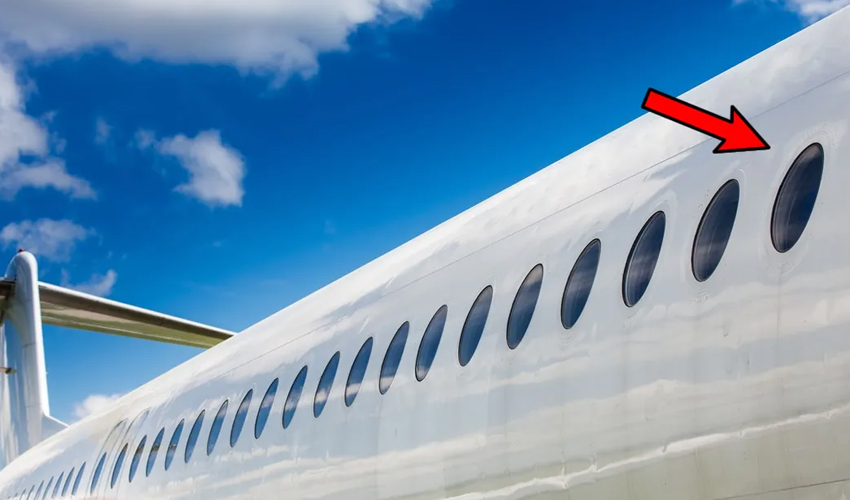Ever noticed that airplane windows are round instead of square? Unlike the square windows of houses and cars, airplane windows have a unique round design for a crucial reason related to your safety.
In the 1950s, airplane windows were square, a design that worked well when planes flew at lower altitudes and slower speeds. However, as aviation technology advanced, planes started to fly higher and faster, which increased the cabin pressure significantly.
This change led to tragic consequences. In 1953 and 1954, three plane crashes occurred because the square windows couldn't handle the increased pressure, causing them to crack. To address this safety issue, aviation experts redesigned airplane windows to be round.
Round windows distribute pressure more evenly, reducing the risk of cracks and ensuring a more stable flight. Additionally, these windows feature a small hole at the bottom, known as a bleed hole, which helps balance the pressure difference between the cabin and the outside air. This hole also prevents moisture buildup, ensuring passengers can enjoy a clear view outside.
Thus, the round windows on airplanes are not just a design choice but a critical safety feature that ensures your journey is secure and comfortable.


























